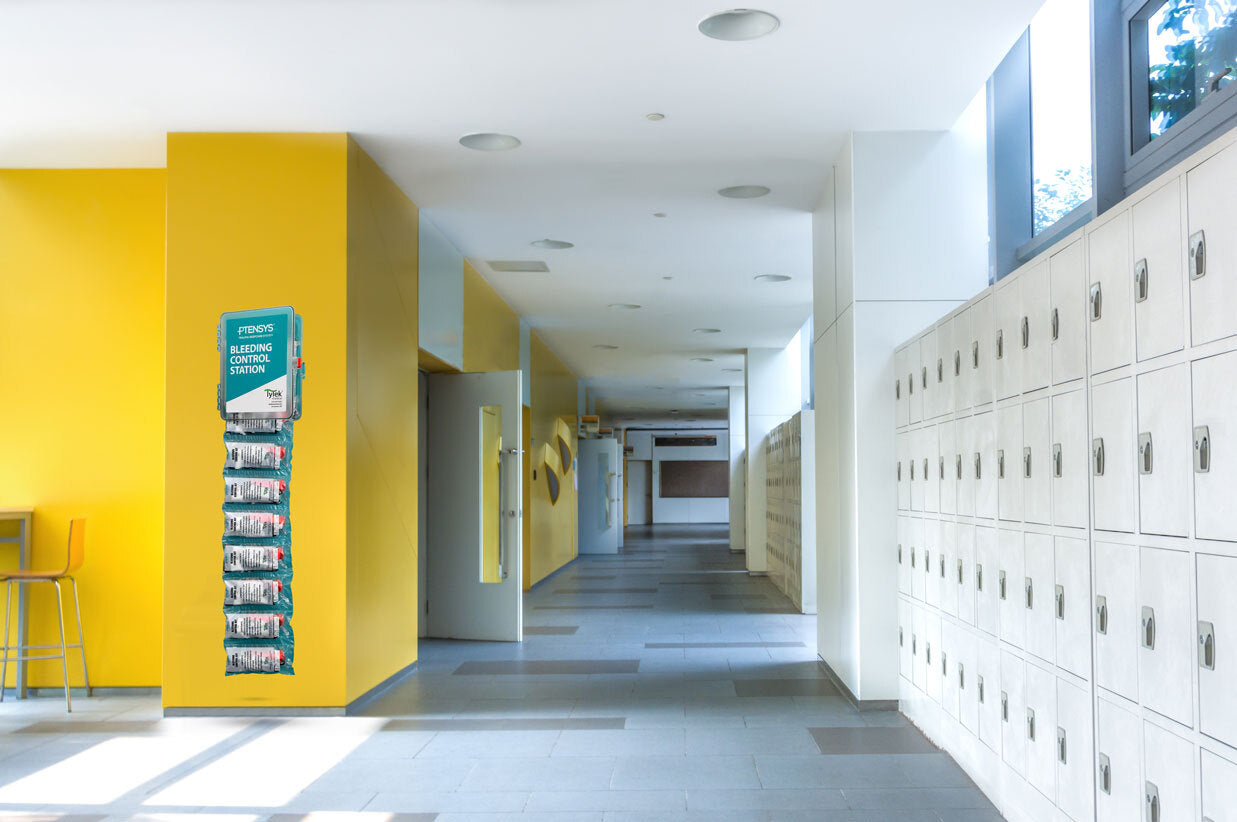513-247-2001
513-247-2001

In today's world, being medically prepared for a public emergency is not just a good idea – it's a necessity. Whether it's a natural disaster, a mass casualty incident, or a sudden health crisis, having the confidence, correct skills and key medical supplies can make all the difference in saving lives. In this guide, we'll explore the importance of public point-of-injury medical supplies, the challenges of supplying medical assistance in large gatherings, and how individuals can become medically prepared at any skill level.
Public emergencies often result in chaos and confusion, making it difficult for professional medical responders to reach every person in need immediately. This is where public point-of-injury medical supplies become crucial. These supplies, including first aid kits, tourniquets, and emergency medications, can be used by bystanders to provide immediate care to those injured until professional help arrives.
One of the most critical aspects of public point-of-injury medical supplies is accessibility. They should be readily available in public spaces such as schools, workplaces, and transportation hubs. Additionally, individuals should consider carrying a personal first aid kit with them at all times, especially when attending large gatherings or traveling to unfamiliar places.
‘Defibrillators and fire extinguishers are placed in malls and schools etc. as standard. Military and emergency medics agree with the inclusion of bleeding control equipment in public spaces to be equally valid.’ - TyTek Medical

A wall-mounted bleeding control station is a great choice for public places, especially schools, offices and workplaces in general. They are easily accessible and quick to detach, saving all-important seconds when supplying bleeding control first aid, as the platinum ten minutes states: every second counts.
Purchase now on Amazon - only available in the USA.
Large gatherings, such as concerts, sporting events, and festivals, present unique challenges in terms of medical preparedness. The sheer number of people in attendance increases the likelihood of accidents, injuries, and medical emergencies. Moreover, navigating through crowds to reach those in need can be daunting for both professional responders and bystanders.
In such scenarios, having a well-equipped medical tent or station staffed by trained volunteers can significantly improve response times and outcomes. These stations should be stocked with essential medical supplies and manned by individuals trained in basic first aid and emergency response techniques. Additionally, event organizers should have a comprehensive emergency action plan in place, including evacuation procedures and communication protocols.

Becoming medically prepared for a public emergency doesn't require advanced medical training – anyone can learn basic first aid and emergency response skills. Here are some steps individuals can take to become medically prepared at any skill level:
Many organizations offer first aid courses that cover essential skills such as CPR, bleeding control, and choking relief. These courses are typically taught by certified instructors and provide hands-on training in a variety of emergency scenarios. Take a look at some educational videos to get you started on the basics.
Assemble a first aid kit with essential supplies such as bandages, gauze, antiseptic wipes, adhesive tape, scissors, and gloves. Customize your kit based on your specific needs and activities, ensuring that it's compact and portable enough to carry with you wherever you go.
Regularly review and practice basic first aid techniques to ensure that you're prepared to respond effectively in an emergency. Role-playing scenarios with family members or friends can help reinforce your skills and build confidence in your ability to act quickly and decisively when needed.
Stay informed about potential risks and hazards in your area, such as natural disasters or public events that may attract large crowds. Knowing what to expect and how to respond can help you better prepare for emergencies and make informed decisions about your safety.
Consider volunteering with local emergency response organizations or joining a community-based disaster response team. These groups provide valuable training and opportunities to contribute to your community's preparedness and resilience.
In conclusion, becoming medically prepared for a public emergency is a responsibility that we all share. By recognizing the importance of public point-of-injury medical supplies, understanding the challenges of large gatherings, and taking proactive steps to improve our own preparedness, we can all play a role in saving lives and mitigating the impact of emergencies on our communities. Remember, it's not just about being ready for the unexpected – it's about being ready to make a difference when it matters most.